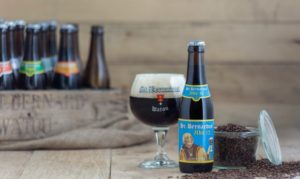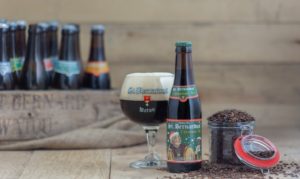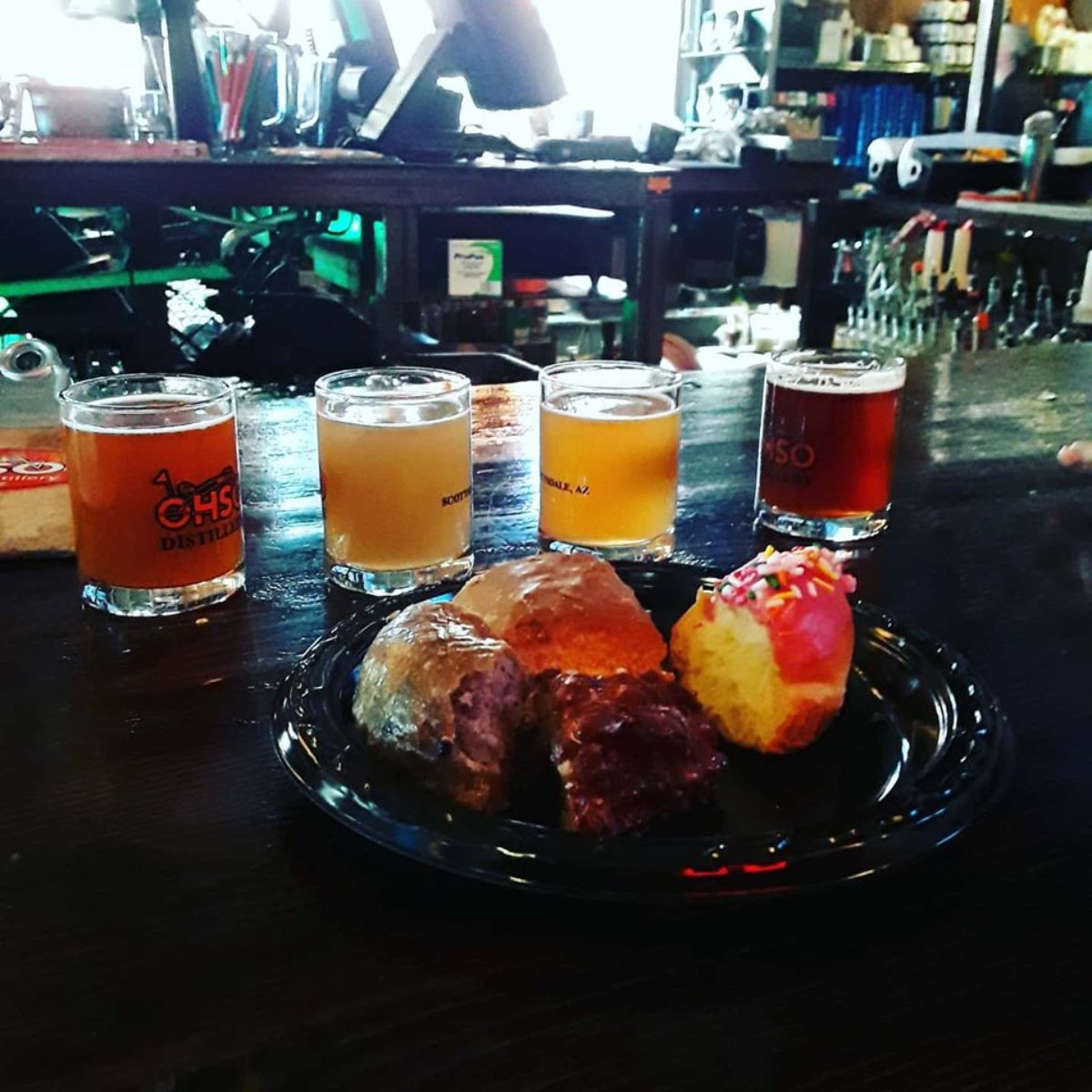
Where do I begin with St. Bernardus? They are responsible for giving me the best beer I have ever had which I will get into later. It is breweries like these that give me a good challenge but I love that because challenges make everyone better.
So this story starts with French Monks and back in 1900 they were brewing trappist ales. This deemed them the name “Trappists” and these trappists fled Mont Des Cats, which is named after an ancient tribe. They went to Watou, Belgium which is where St.Bernardus was born and in fact they took refuge at a farm right by where the current brewery stands.They named this new home of theirs “Refuge de Notre Dame de St Bernard.”
Now why did they flee? Well because France taxed them for their product and at the time Belgium didn’t. Now it is important to know that they were making cheese at this time.
Between 1930 and 1934 France was a lot more tolerant towards religious communities so these monks decided to go back to France. So with a vacancy in the space, Evariste Deconick took it over and it became a social welfare center.
During the World War II era Deconick expanded the cheese making factory. Back in the 1930s it was making two cheeses: ‘St. Bernard Watou’ and ‘Port Salut de Watou’. Right after World War II, the Trappist monks invited Evariste Deconick to market and brew their trappist beers with a license which originally only lasted 30 years. Mathieu Szafranski, a Polish brewmater, brought in his vast knowledge to the new operation. He brought both recipes as well as St. Sixtus Yeast and the brewery opened next to the cheese factory.
The cheese factory was sold in 1959 and it went to Poperinge Milk Dairy which would eventually be acquired by Elvapo Group. Guy Claus, Bernadete Deconick’s husband joined the the brewery in the early 1960s and they entered into talks with Westleveteren Abbey for the renewal of their license. In 1962 they got a 30 year extension of their license.
Fast forward 30 years later their license was expired for good because the Trappist Breweries decided to only award the “Authentic Trappist Beer” to beers that were brewed inside of an abbey. That is how they started operating as St. Bernardus.
In 1998 Hans Depypere took over St. Bernardus which saved the brewery. Before he took over brewery sales were only at a few hundred thousand litres. That number grew to 4 million litres sold in 2017. Now this did require a lot of investment even an expansion in 2018. This new wing has a new brewery shop, more warehouse space, a meeting venue, and top it off a new 360 degree rooftop bar called ‘Bar Bernard’.
St. Bernardus ABT 12

This beer definitley lives up to the name of one of the best beers in the world. Sitting at a hefty 10% ABV this is a Belgian Quad and the same recipe has been used since 1946.
St. Bernardus Christmas Ale

I know Christmas is in the past but this is a great winter beer. This is also 10% ABV and it is a dark Belgian Quad with a dark brown color.
If you guys see any of these beers anywhere you need to get one because they are truly the best. Until next time Hoppy Travels!


Awesome post! Keep up the great work! 🙂
Thank you so much!